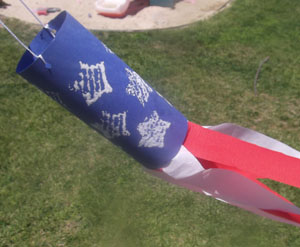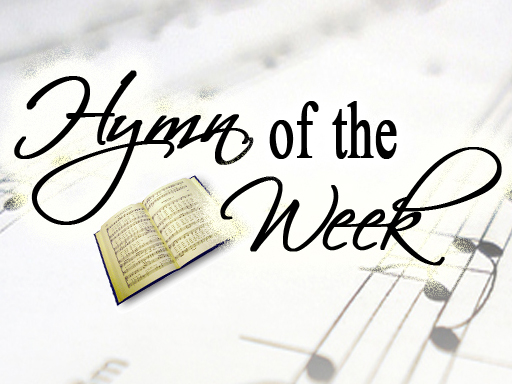Colors (Red, White, and Blue)
The colors of red, white and blue are typically associated with the American flag, but when the flag was officially adopted on June 14, 1777, it does not appear that Congress made any intentional effort to choose colors that were symbolic in meaning. Rather, they retained the colors of the country of which they had been citizens for so many years — Britain. To learn more about the history of designing the flag, see our American Flag page.

It was not until the Great Seal of the United States was established five years later (in 1782) that Congress assigned clear meaning to the colors of red, white and blue. When reporting to Congress on the Seal, Charles Thompson, Secretary of the Continental Congress, stated,
“White signifies purity and innocence,
Red, hardiness and valour, and
Blue . . . vigilance, perseverance and justice.”
Though he incorporated ideas from three different Congressional committees, William Barton is generally credited with the final design of the Great Seal. Barton was a young Pennsylvania lawyer with artistic skill who had recently studied heraldry in England.
Heraldry is the study of armorial bearings, or coat of arms (their history, design, symbolism, associated ancestry, etc.). The design of the Great Seal is also known as the U.S. “coat of arms.” The term originated from the fact that knights would use embroidered fabric to cover their armor. The design on the shield was called the “shield of arms.” Often this design (or part of it) was used on the seal of a knight or household. The seal was used to authenticate documents that were carried by heralds (messengers), and this is the basis of the word “heraldry” which has come to encompass all aspects of the design.
Not only was Barton a gifted artist, but he was well versed in the complex field of heraldry. He understood the need to ensure that the meaning of the colors, symbols and overall design of the Great Seal properly represented the U.S. For more on the history of this design, see our Great Seal page.
This page was created by:

Back to main July 4th Symbols page.
We welcome your ideas! If you have suggestions on how to improve this page, please contact us.
You may freely use this content if you cite the source and/or link back to this page.






